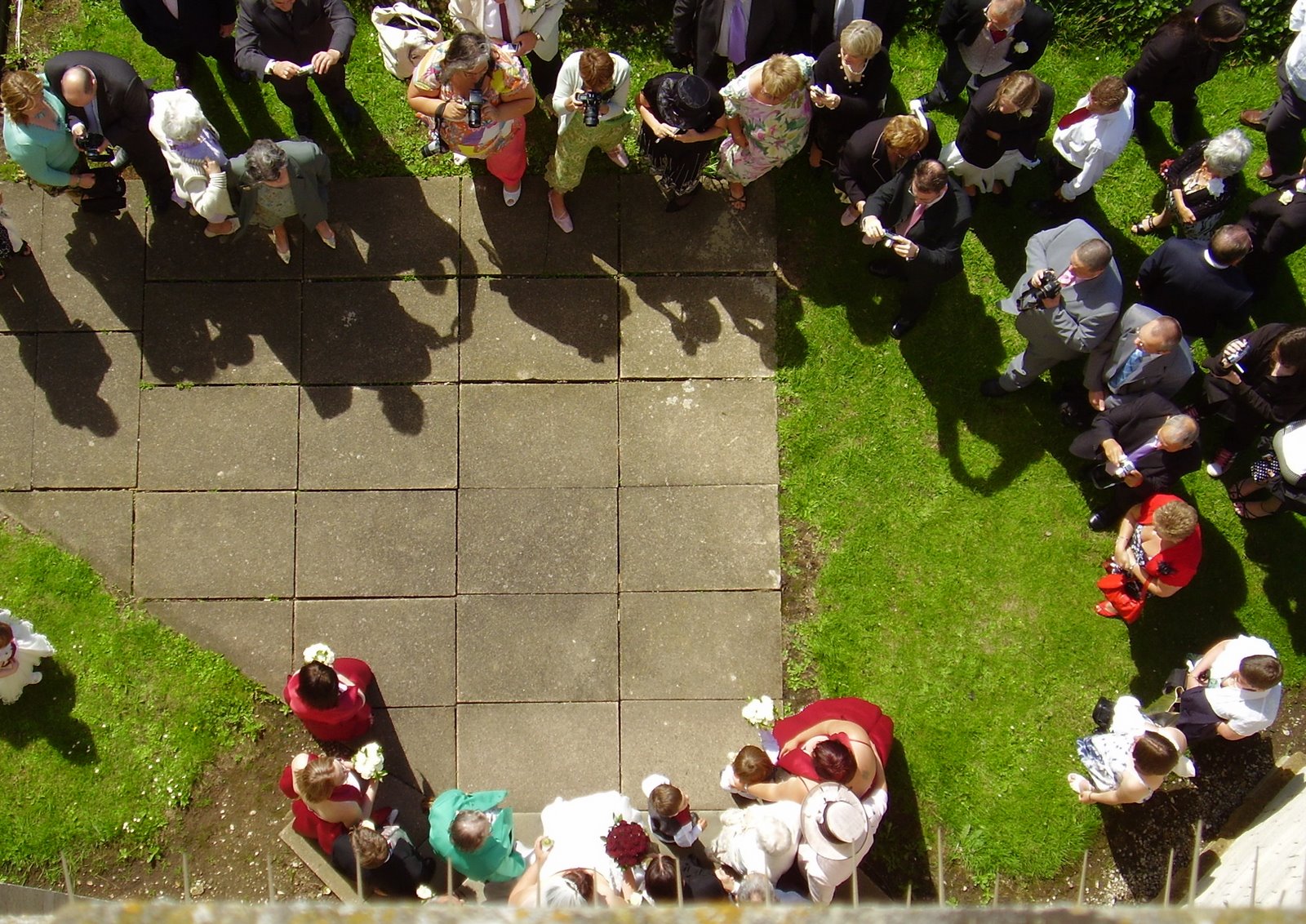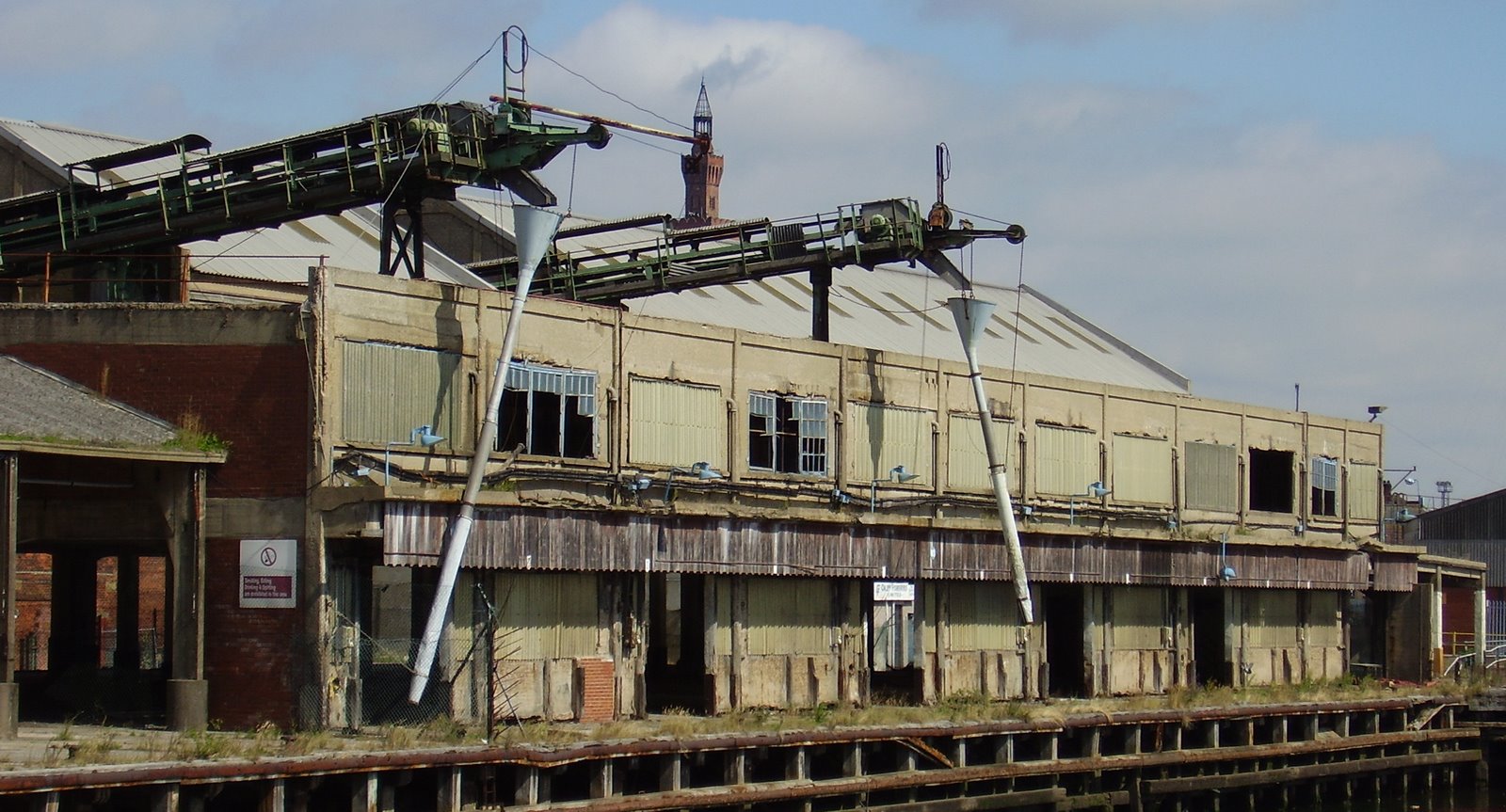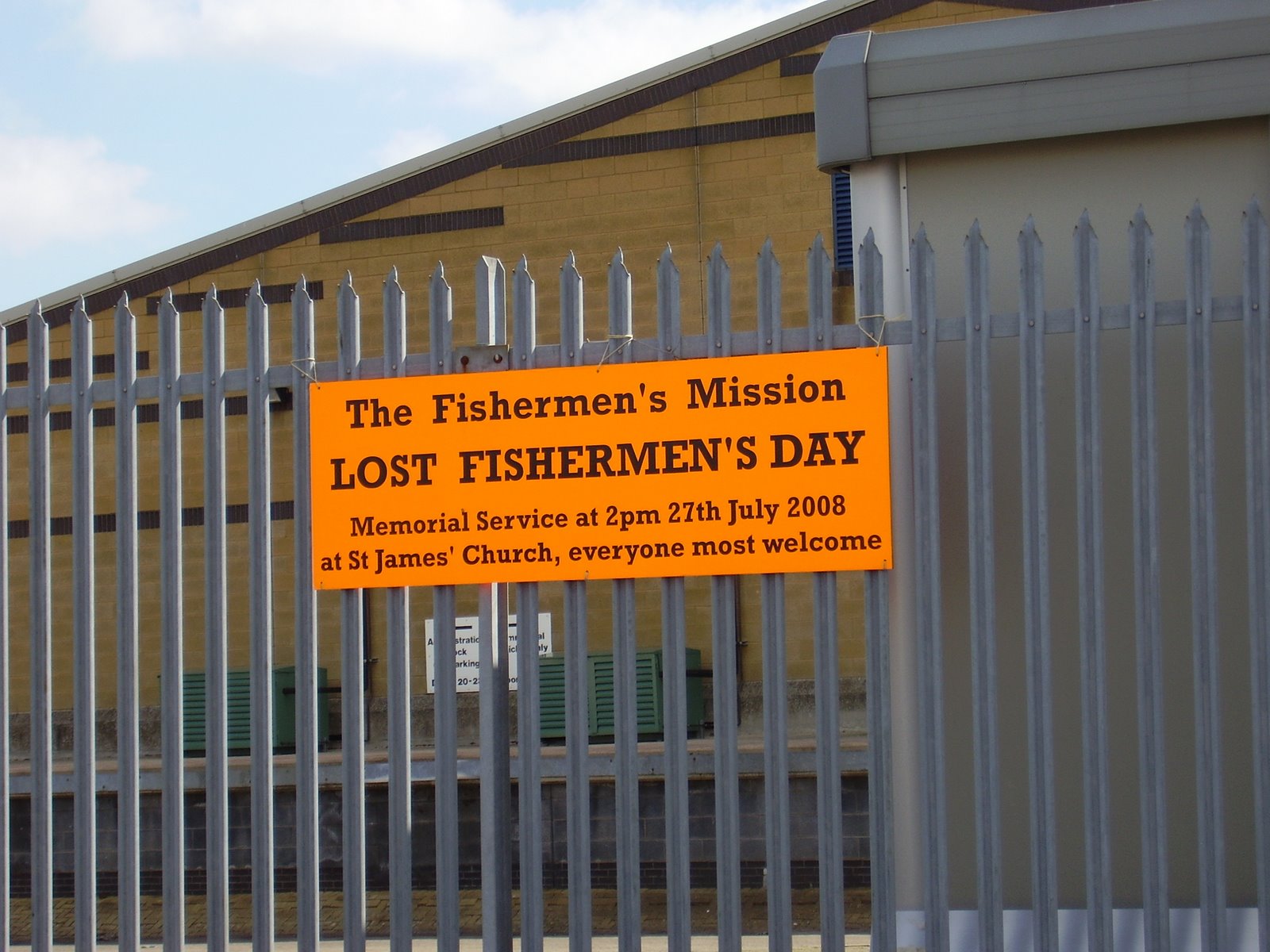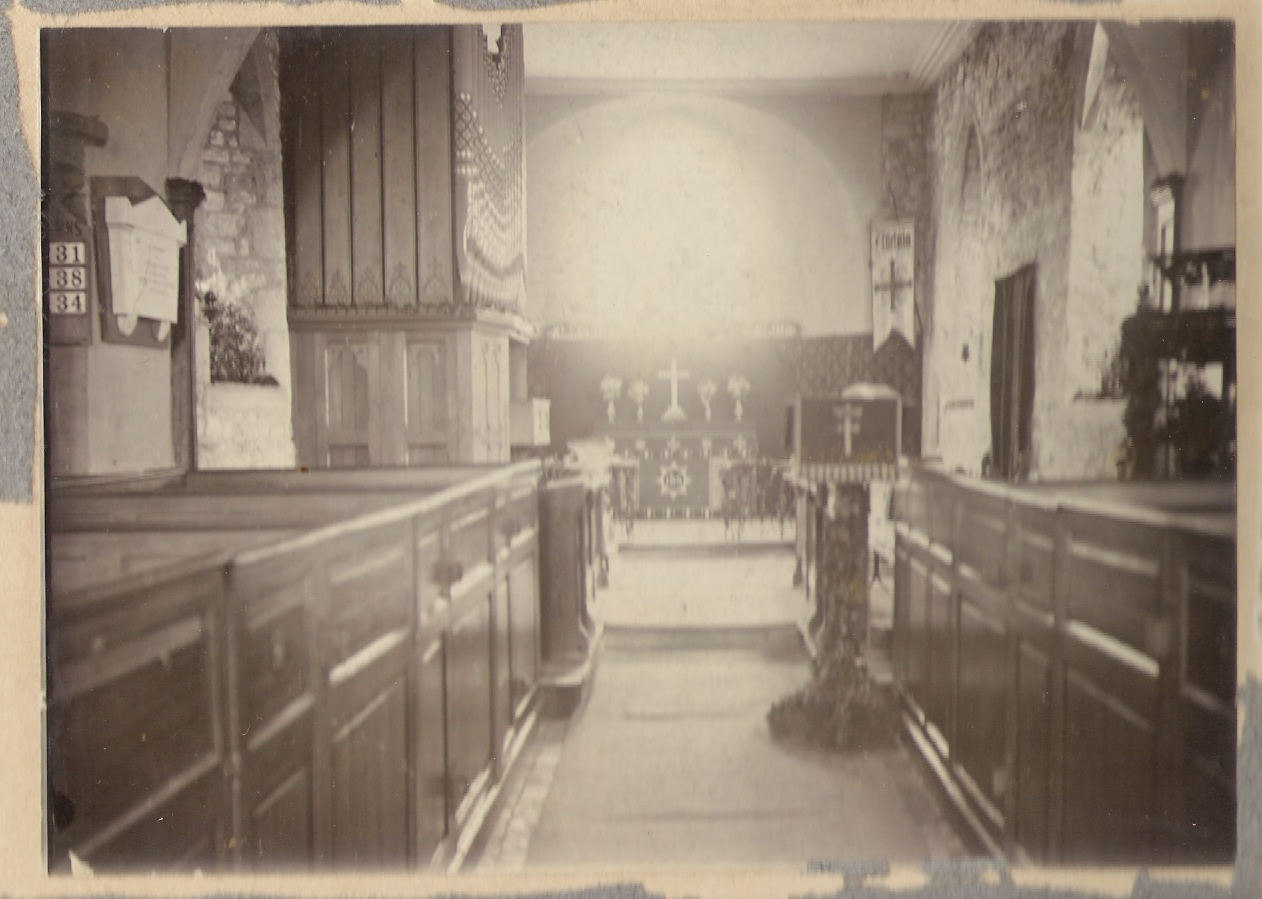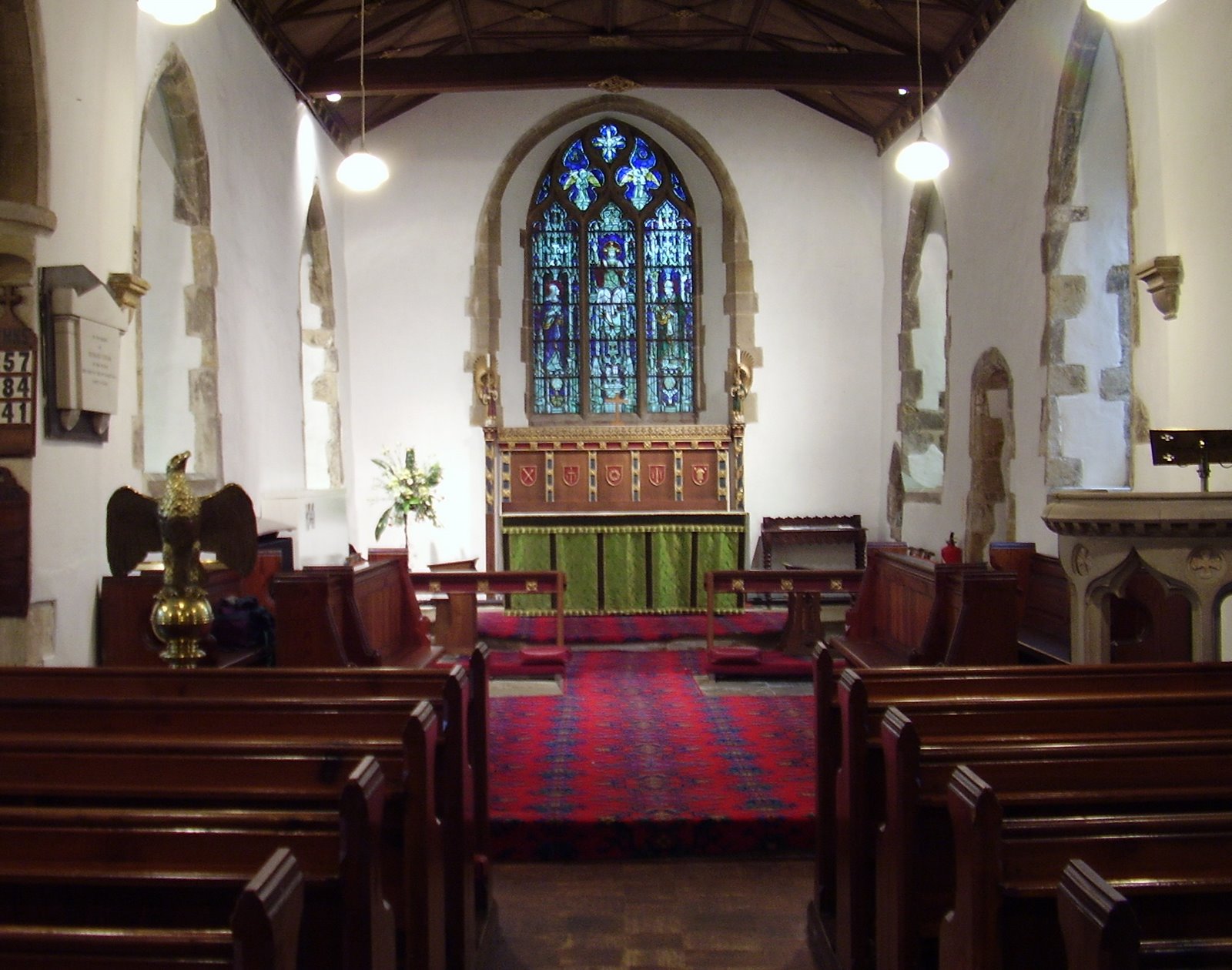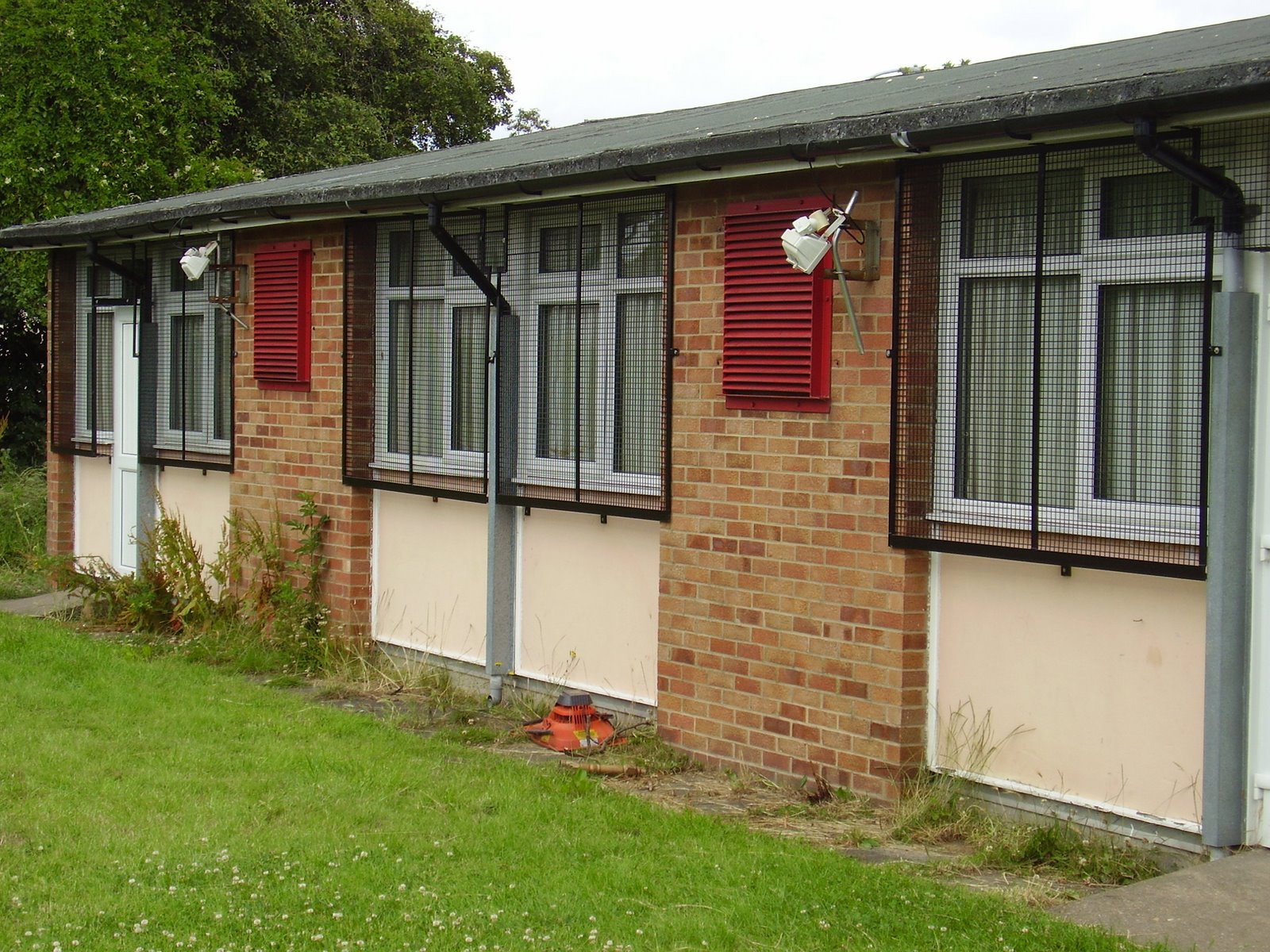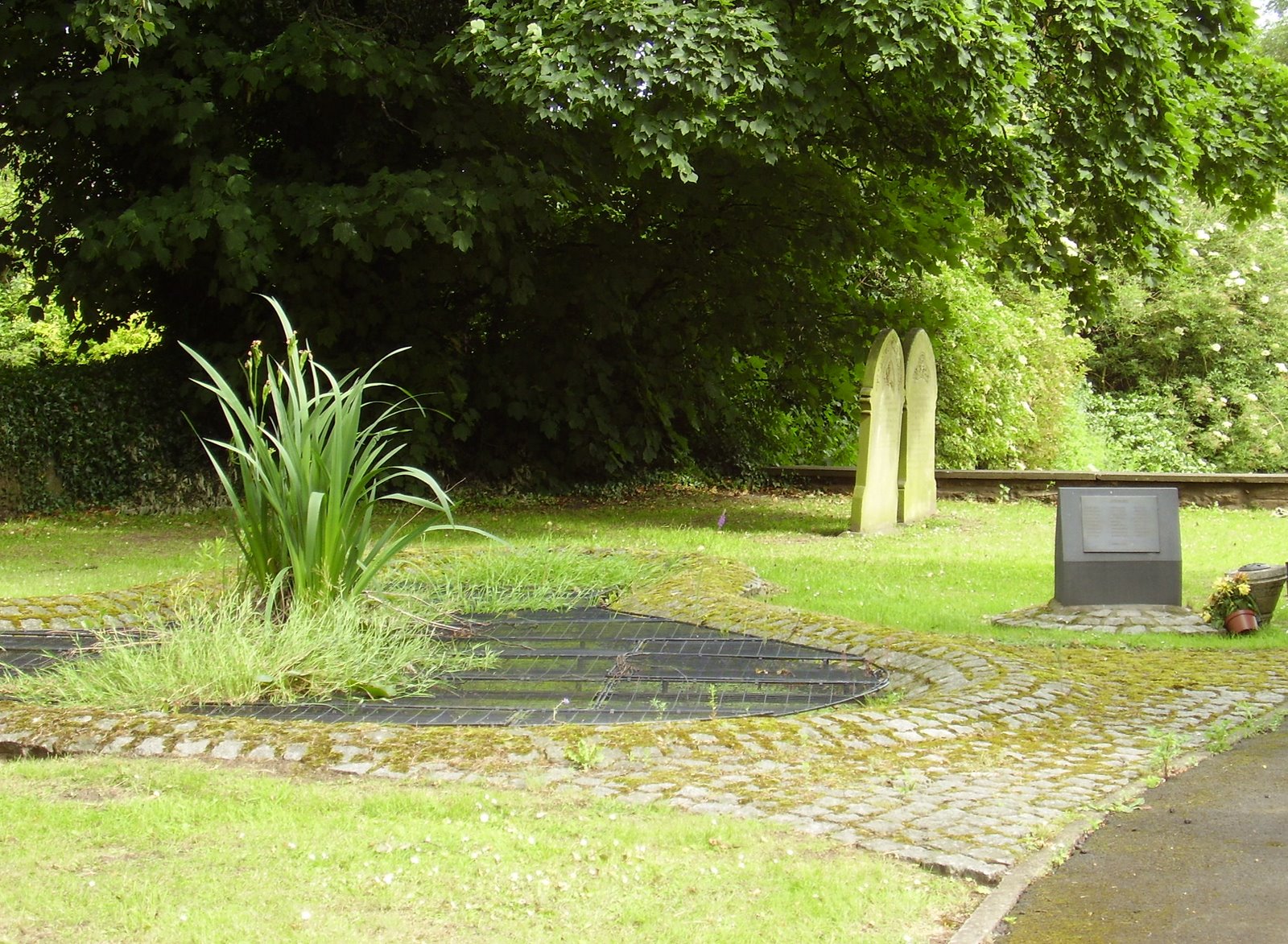
I only worshipped with my wife and thirty-three other people at two services on Sunday (one at St George’s and one at St Nicolas’), but fifteen of them were people who were not worshipping in any of our churches when I arrived in the parish nearly nine years ago. I genuinely don’t know what to make of that fact. Ashamed by how few of the established congregations wanted to come? Impressed that some fresh people want to come? Intrigued about the recognised dynamic in which relatively small congregations don’t grow when new people join? Relaxed about the unusual make up of the two congregations on the first Sunday of the summer holiday?
Or perhaps I shouldn’t be paying so much attention to the numbers anyway; the Old Testament teaches that taking a census of soldiers before battle indicates a fatal lack of faith in God. An advert for a job in this week’s Church Times seeks someone who ‘loves the Lord and looks only to him for affirmation’ (although this doesn’t make it sound as if the parish intends to offer the support to the new Minister which one might hope, which I’m pretty sure can’t be true).
Or it is just the way things happen to have fallen on one sunny day. I enjoy challenging children who visit either St Michael’s or St Nicolas’ to find the dice in the church. The answers (from the 1910 window at St Michael’s and the 1925 reredos at St Nicolas’) are in two new pictures which were the first prompt for this post. In both cases they are part of a set of symbols of Jesus’ Passion set on shields, with the dice representing the soldiers gambled for Jesus’ clothes as he was crucified. I’ve comes across medieval use of these symbols, often carried by angels. I wonder whether reviving these was a fashion in the early part of the twentieth century?





